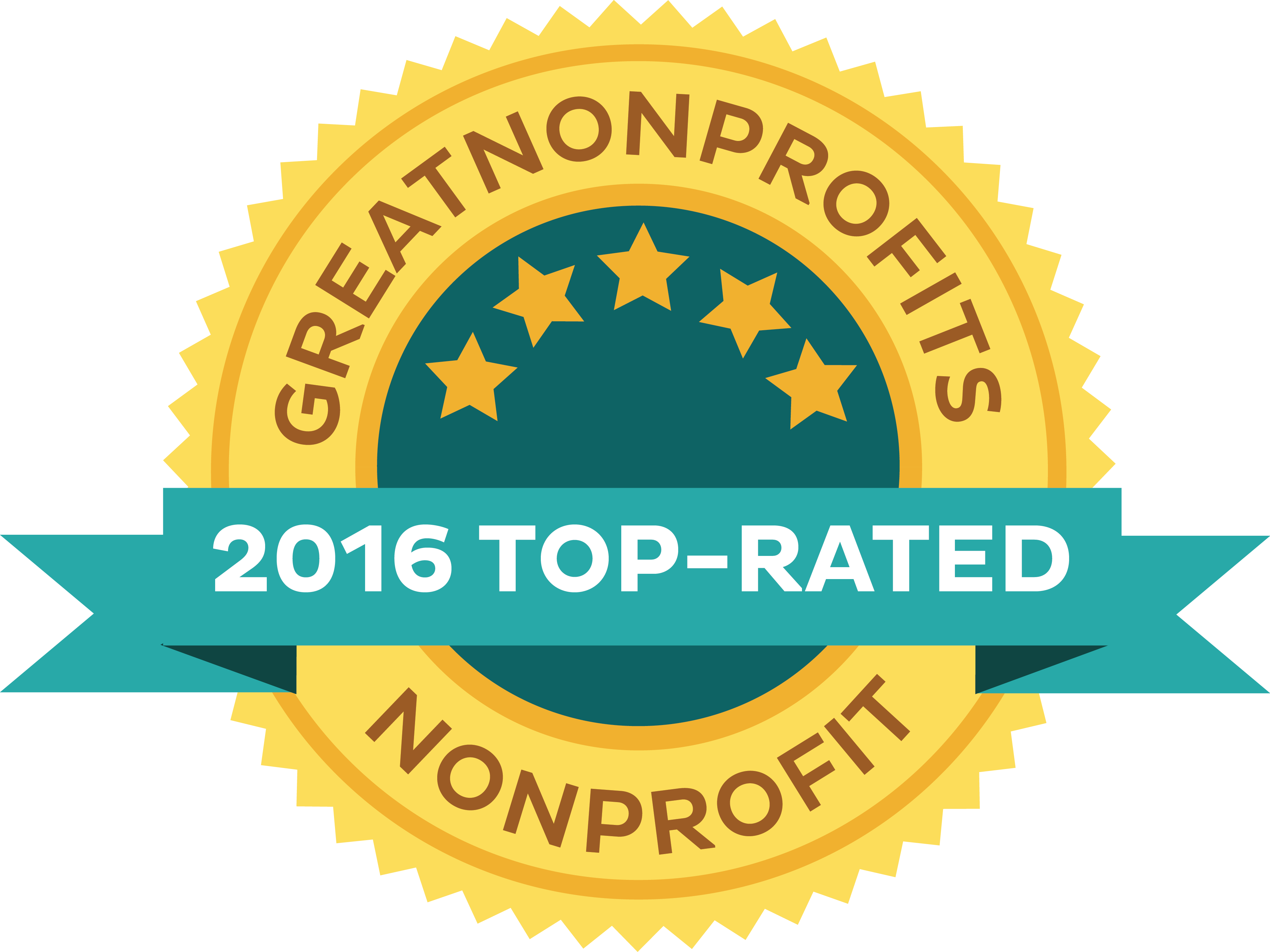The problem of dog overpopulation is a global one and requires a solution on a global scale. But like every journey that begins with a single step, this particular journey must begin with every dog owner in every town and every city in the country. Those conscientious owners who act responsibly by spaying and neutering their cherished family pets.
Spaying (removing the ovaries and uterus of a female dog) and neutering (removing the testicles of a male dog) are simple procedures, rarely requiring so much as an overnight stay in a veterinary clinic. Because half of all litters are unplanned, and because puppies can conceive puppies of their own, spaying and neutering them before the age of 6 months can help break this cycle.
According to SPAY USA, an unspayed female dog, her unneutered mate and their offspring (if none are spayed or neutered) result in the births of a staggering 12,288 puppies in just 5 years.
The inevitable outcome? Hundreds of thousands of dogs being euthanized through no fault of their own. Why? Because they are the tragic, but avoidable, result of over breeding and overpopulation. Why? Because there are too few shelters to house them and too few homes to either foster or adopt them. Why? Because there are still too many dog owners unwilling to spay and neuter their pets.
The positive effects of spaying and neutering far outweigh the negatives. Females spayed before their first heat are much less likely to develop mammary cancer than those left intact. Early spaying is also their best protection against conditions like pyometritis, a potentially fatal bacterial infection of the uterus, as well as ovarian and uterine cancers. Early neutering of males protects them against testicular cancer, and helps curb both aggression and other undesirable behaviors. According to the American Veterinary Medical Association Task Force on Canine Aggression and Human-Canine Interactions, 70 to 76 percent of reported dog bite incidents are caused by intact males.
For years, reputable rescue groups have been spaying and neutering the animals in their care before even putting them up for adoption. More recently, in an effort to address at least part of this ongoing problem, various organizations — large and small, urban and rural, public and private — have been springing up across the country. From the ASPCA to local humane societies, spay/neuter clinics are opening and operating. Mobile spay/neuter clinics are reaching out to those unable to reach them. Many rescue groups now offer their own Spay Neuter Incentive Programs (SNIP), which provide assistance to low income households.
Imagine if there were more regional, local and mobile spay/neuter clinics. More Spay Neuter Incentive Programs. Imagine entire communities across the country, where every pet owner took personal responsibility for spaying and neutering their pets. Imagine what we, as part of the global community, could accomplish then.
Article by Nomi Berger

